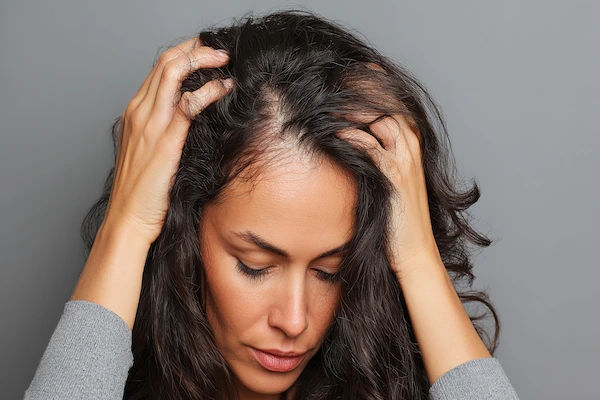- Male
- 0 Years
- 22/01/2025
I've been trying to understand how often PRP treatment can be done because different clinics are saying different things. Some say they would apply the treatment twice a month over three months if the hair doesn't grow, which adds up to six times in three months. Is this frequency safe and effective? I'm concerned about whether there's a standard or if overdoing it could have side effects.
Answered by 1 Apollo Doctors
Yes continue as advised by the dermatologist.
Dr. Ranjith Suggests...
Consult a Dermatologist
Answered 04/07/2025
0
0

More Dermatology Health Queries
View allI'm African American and I've noticed my skin used to be much lighter, but over the past six years, it's gotten so dark that I can barely see myself at night. I spend most of my time indoors and rarely go out. I've tried skin bleaching products before, and they worked, but once I stop using them, my skin becomes darker again. Do you have any suggestions for lotions or treatments I could try to help with this?
Visit Dermatologist for appropriate management
read more![Doctor 1]()
![Doctor 2]()
Answered by 1 Apollo Doctors
I've been dealing with some hives and itching around my testicles for the past couple of weeks, and it's not like the usual rashes I'm familiar with. There are about 5 or 6 of these hive-like bumps around the area. Should I be worried about this, or is there something specific that might be causing it?
Thta could be fungal infection visit Dermatologist for evaluation and appropriate management.and also maintain personal hygiene
read more![Doctor 1]()
![Doctor 2]()
Answered by 1 Apollo Doctors
I'm really struggling with my skin lately. It's become really dry and itchy, even though I've tried so many different lotions and creams. Do you have any advice on what might help get rid of this issue?
That could be eczema visit Dermatologist for evaluation and appropriate management
read more![Doctor 1]()
![Doctor 2]()
Answered by 1 Apollo Doctors
Disclaimer: Answers on Apollo 247 are not intended to replace your doctor advice. Always seek help of a professional doctor in case of an medical emergency or ailment.


